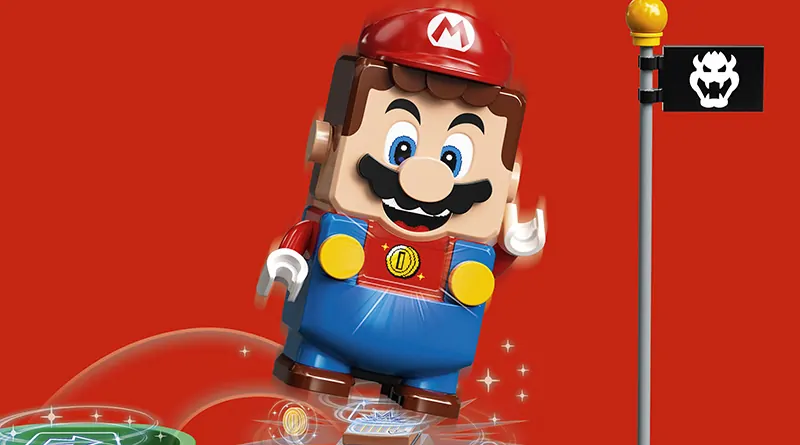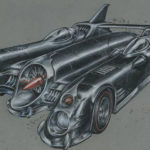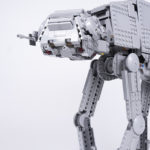Does LEGO Super Mario successfully combine physical and digital play?
With the LEGO Group seeking to develop ‘fluid play’ experiences, Brick Fanatics takes a look at LEGO Super Mario to see if it delivers the physical-digital combo the company has been reaching for
For years now, the LEGO Group has talked up the notion of ‘fluid play’. Nervous of becoming irrelevant as more experiences move into the digital sphere, the LEGO Group has been keen to develop products that combine physical and digital play – as according to the company’s research, children see no different between the two.
It is easy to declare that products that bridge physical and digital are the solution, but what do they actually look like? Hidden Side takes mobile phone AR technology and overlays the set with a digital realm, but is it really so different to a stand-alone app-based game?
So here comes LEGO Super Mario, the first product that genuinely infuses the brick with a digital aspect. The Super Mario figure is a special component, that will react to different LEGO bricks and to special stickered spaces. Rather than taking a LEGO set and applying a video game to it, this is attempting to replicate a video game in the physical world.
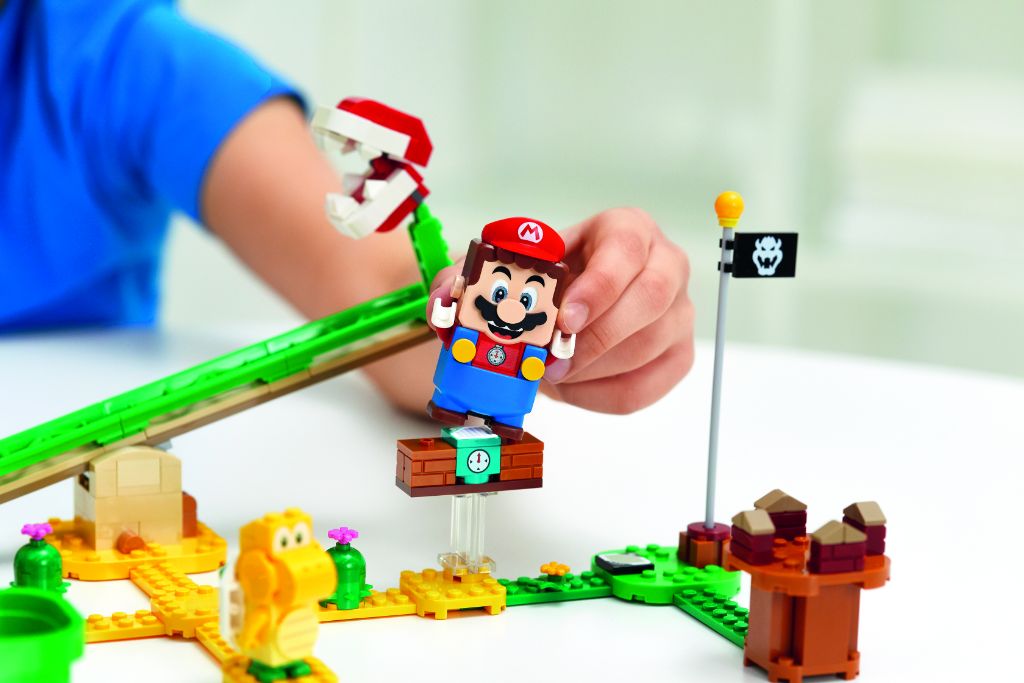
This is where the gameplay falls short. Video games work in the video game space because there are defined rules. When playing a level in Super Mario, it is all about timing his jumps, avoiding danger and collecting the key power-ups. The game is the challenge to overcome, and it has been carefully designed to be challenged but beatable.
In the case of LEGO Super Mario, it is hard to define what the challenge is. The team behind it want to encourage children to experiment and create, to test new permutations, so have left rules out of the experience – but without rules, collecting the coins and achieving a score feels a little empty. The first few times are fun due to the novelty, but after that, it is hard to feel like it is much of an achievement.
Perhaps it isn’t possible to replicate a video game physically. Maybe there is no way to incorporate the inherent challenge found within a structured game, without alienating children who don’t have the patience for that. But this is the challenge the LEGO Group set themselves – back when the first teases of the product were shared, it was hard to see how this was an actual game, rather than just fantasy play.
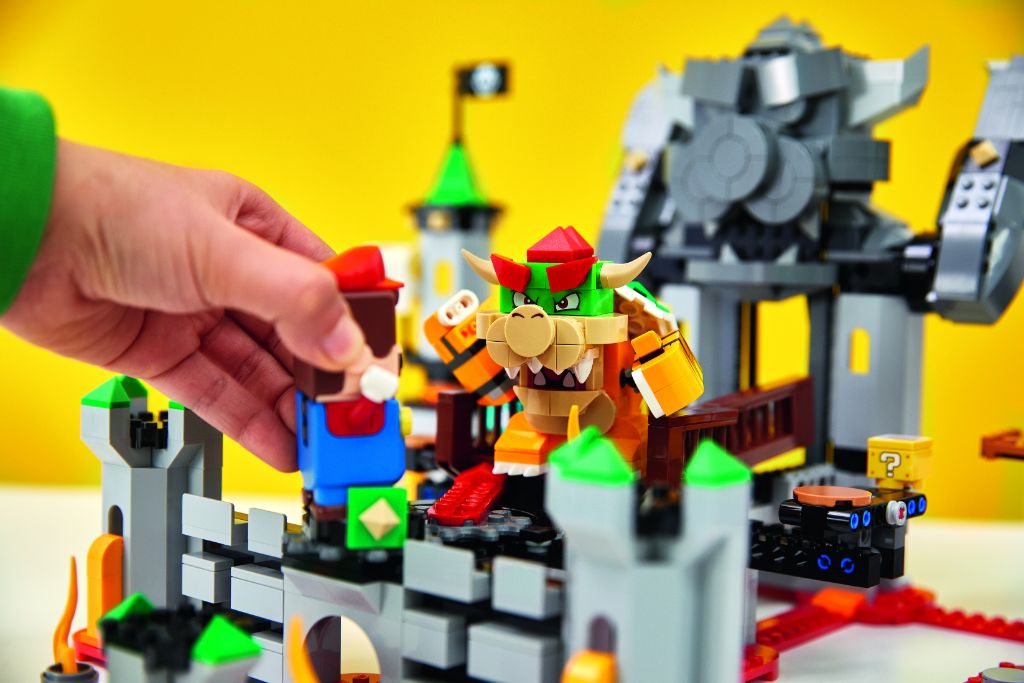
If the building side of the product were better, the game falling a bit short might be easily forgiven – but given that the models built are entirely in service to the game, to the point that they are largely made up of new moulded pieces, the builds are not satisfying in the same way as a typical LEGO set is.
For those who were looking forward to this theme, there is no joy in seeing it fall short of expectations. The LEGO Group has still not successfully demonstrated a product that manages to be both physical and digital while living up to solely physical or solely digital experiences.
This product was provided by the LEGO Group.
LEGO Super Mario sets will be available from August 1 at LEGO.com. You can help support Brick Fanatics’ work by using our affiliate links.
Author Profile
-
Graham was the BrickFanatics.com Editor up until November 2020. He has plenty of experience working on LEGO related projects. He has contributed to various websites and publications on topics including niche hobbies, the toy industry and education.
Follw Graham on Twitter @grahamh100.

